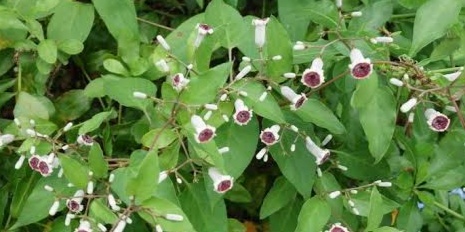All posts tagged Chinese fever vine
Skunk Vine: A Beneficial Plant With A Stinky Name
Paederia Foetida, commonly known as skunk vine, stink vine, or Chinese fever vine, is a slender climbing vine that scrambles over other plants for support. It is native to Asia and thrives in temperate and tropical regions. The plant has oblong or ovate leaves that grow opposite each other. Blossoms are lilac or pink with five petals. Continue reading [...]

